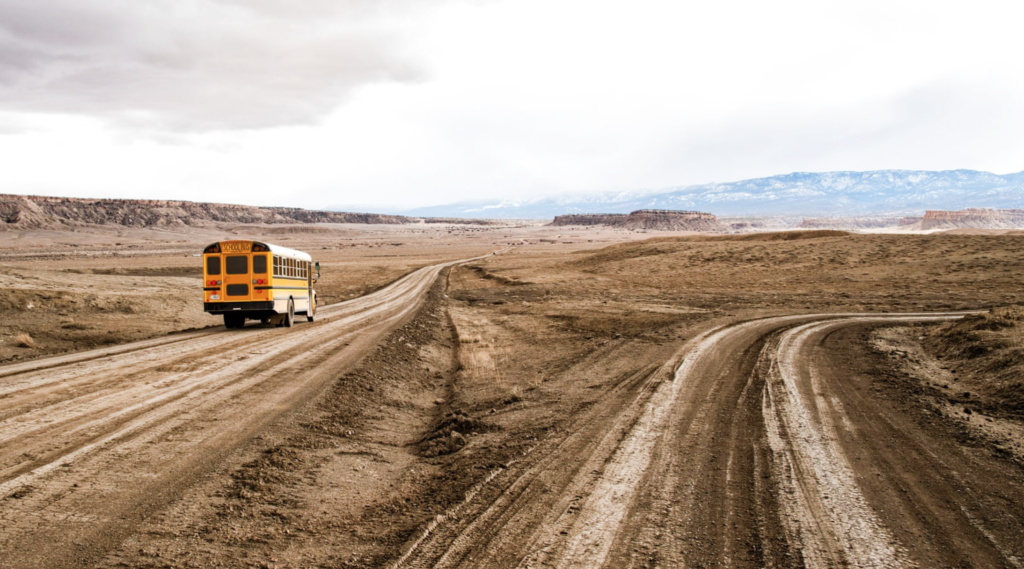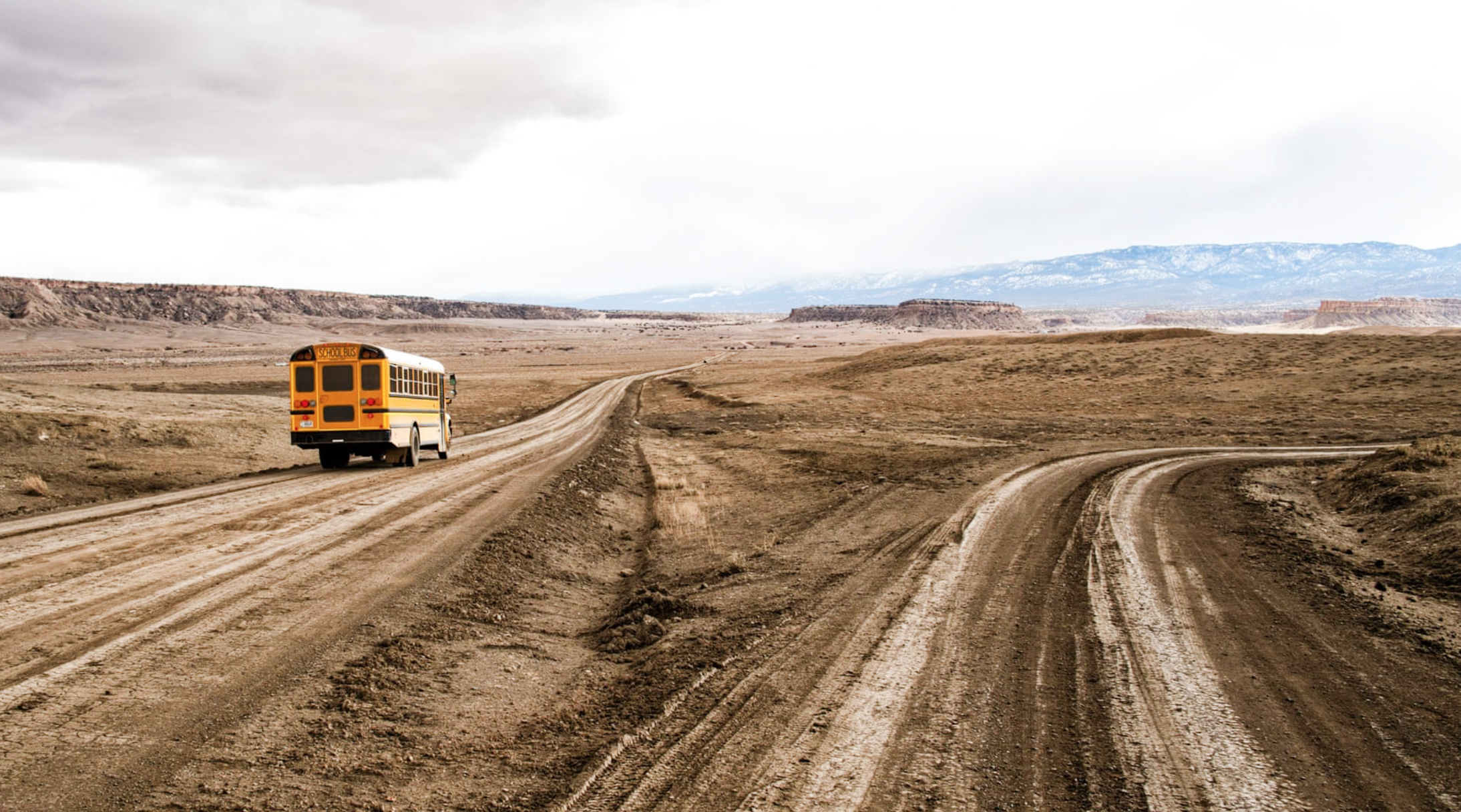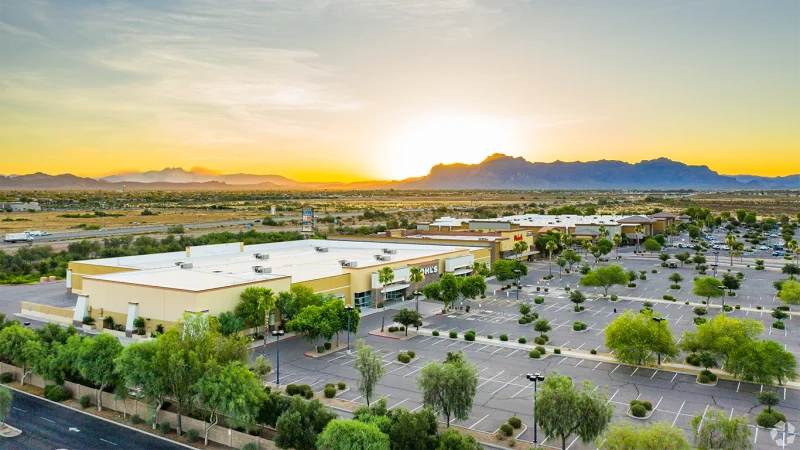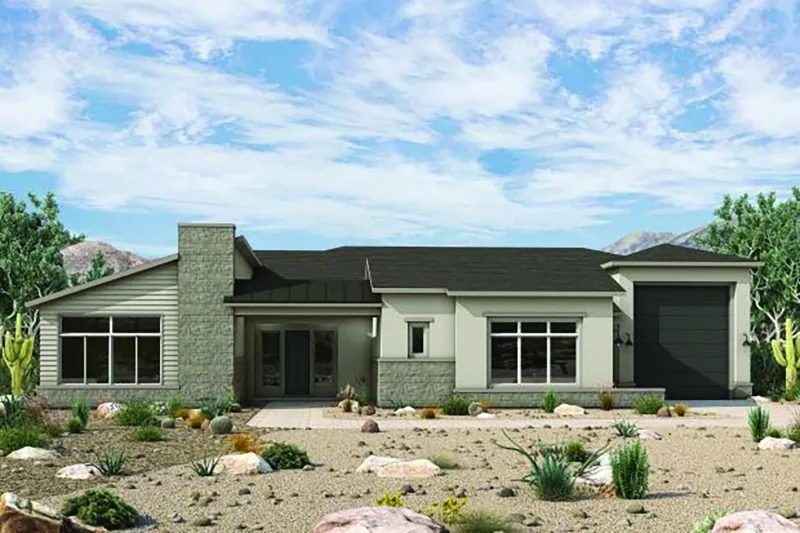
This story is published in collaboration with Searchlight New Mexico; Amy Linn and Alysa Landry, Searchlight New Mexico
Sharon Begay knows this road by heart. The 43-year-old mother of two has spent a lifetime memorizing the jagged surface and thuggish boulders that define Indian service route 5010. Locals just call it “the road” and gauge distances with landmarks: windmills, S-curves, a water tower covered with graffiti that once served as the town’s main source of gossip.
It’s an unpaved byway in the Sanostee chapter of the Navajo nation that feeds a network of unnamed dirt roads, serving hundreds of families in the shadows of the Chuska mountains. Generations of Begay’s family have herded sheep along this road; as a child she traveled it by horseback, alongside her father.
But this road also broke Begay’s heart.
On a rainy day in the winter of 2004, her father collapsed in front of the cluster of small, wood-frame homes where she and her extended family still live. The energetic man of 75 had just arrived home from tending the family’s 60-odd head of sheep. He got out of his truck and crumpled to the ground. The rain that day was relentless, the mud impenetrable.
“It took three ambulances to finally get him,” Begay said. “The first ambulance got stuck in the mud, then the second got stuck.” Nearly four hours passed before the third ambulance reached him. He died in the hospital shortly afterward.
“I’ve always wondered whether he could have lived longer, if the road was better,” Begay said. “I’ll wonder that all my life.”










